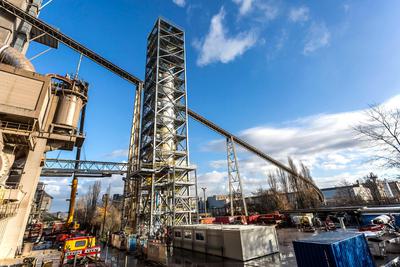In the past 12 months, the pipeline for carbon capture and storage projects worldwide has grown by 44 percent, according to the Global CCS Institute.
Companies use carbon capture and storage (CCS) to filter emissions from power generators, steel mills, cement plants, and other industrial sites and then bury the sequestered carbon underground. In 2022, firms have announced 61 new CCS projects, bringing the total number of commercial facilities in the pipeline to 196, including 30 currently in operation, 11 under construction, and 153 in development, a Global CCS Institute report found.
When completed, these projects will have the capacity to capture a combined 244 million metric tons of carbon dioxide per year. That figure is well short of the nearly 1,300 million metric tons of CO2 that need to be locked away annually by 2030 to put the world on a path to net-zero emissions, according to the International Energy Agency. But analysts expect that CCS will continue its rapid growth as countries ramp up investments in the technology. The recently passed Inflation Reduction Act, which boosts tax incentives for carbon capture, could multiply U.S. deployment 13-fold, according to the Global CCS Institute.
“Many essential industries like cement and chemical production have no other viable path for deep decarbonization other than CCS,” Jarad Daniels, CEO of the Global CCS Institute, said in a statement. “Thanks in part to strengthening government policies around the world, CCS is increasingly commercially competitive across the full value chain, from capture technologies through to storage.”
ALSO ON YALE E360
Solution or Band-Aid? Carbon Capture Projects Are Moving Ahead




